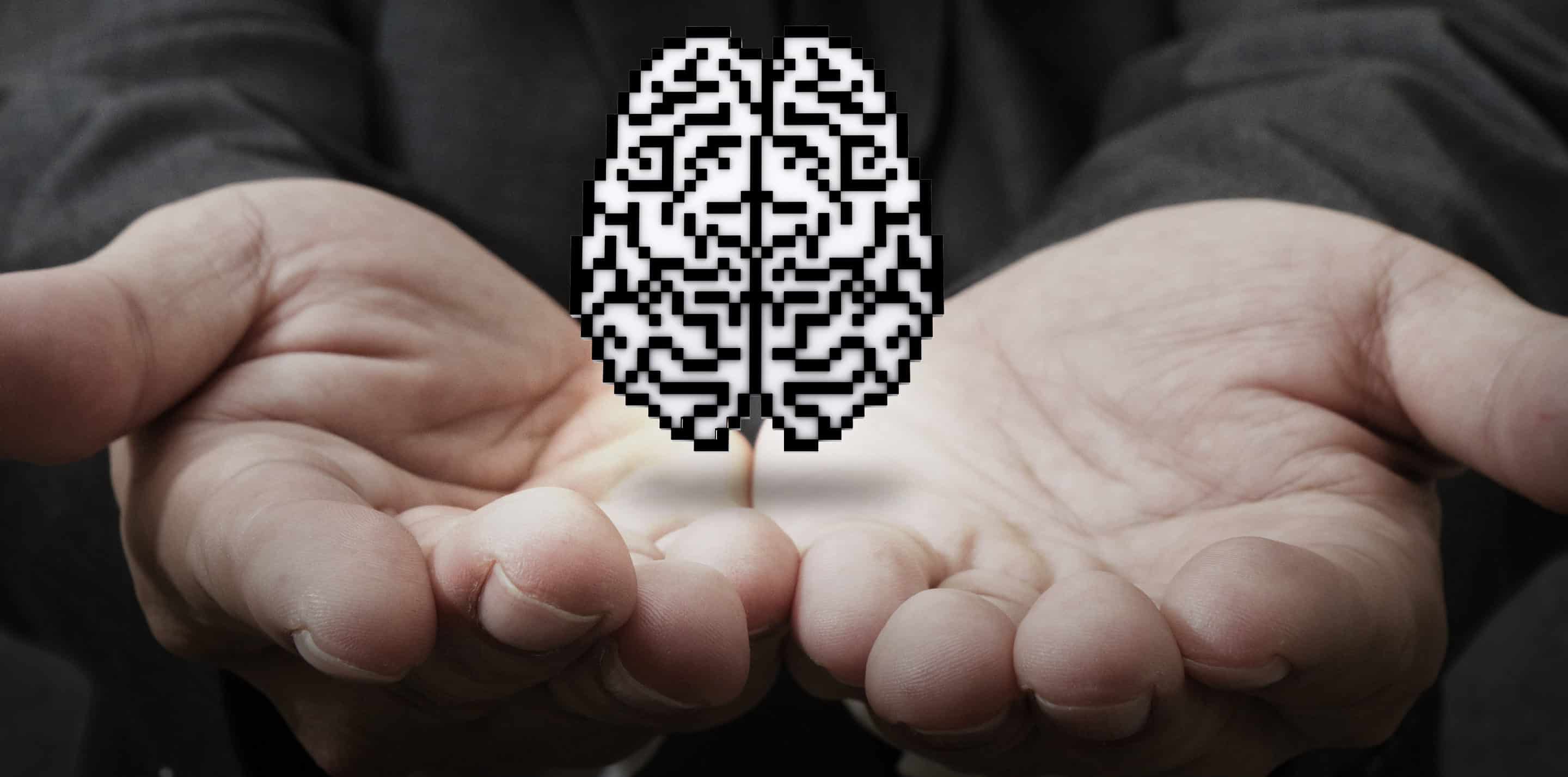
Neuroplasticity or Why Old Dogs Can Learn New Tricks
Have you heard of the term “neuroplasticity?” What does it mean, and how does it affect you? From the first part of the word, “neuro,” we know it has something to do with our nervous system, our brain, spinal cord and nerves. But the “plasticity” part is a little strange. In this instance, plastic is seen as moldable, changeable. So, neuroplasticity basically means a changeable nervous system, most often referring to the brain.
To fully understand this term, it is important to know that up until quite recently, the nervous system was seen as “hard-wired” after childhood ended. It was thought that changes in the brain could be made only during development and not at all during adulthood. In more recent decades, more and more evidence has been collected showing this not to be the case, that the older brain can change, too. This is why stroke and head trauma patients enter rehabilitation programs nowadays instead of being put to bed for the rest of their lives. Other parts of the brain can take over the duties of the damaged areas, and the person may learn to walk, talk and take care of himself again with the proper attention and therapy. We also use the term neuroplasticity when children are in therapy, referring to the ability for the brain to change itself whether a child is learning a more efficient way of doing a task or learning a completely new skill.
The same goes for all kinds of duties the brain is responsible for, even just thinking. When someone tells you that they always have thought a certain way, had a certain opinion, that they cannot change, you can tell them that it isn’t true. Their brain is plastic and really can change, if they tried. I don’t guarantee they will change their mind, of course, but neurologically, they can. Haven’t you ever had a change of heart or revelation based on new information or experience? So, how does this work?
Think of an infant and all of their developmental stages. Consider learning to crawl. The baby has to get up on all fours and alternate right and left and shift her weight to move her arms and legs. The first attempts may be accidental, and she realizes she has moved. Her brain has drawn a new path of neurons (cells of the nervous system). Then she moves more intentionally, but these steps are awkward. Through repetition, her neural path is getting more defined. Now she is so motivated to move where she wants that she is crawling all over the place. Her neuron path for crawling is definite and strong now because she is using it all the time. These types of paths are being defined and perfected all throughout our learning lives. Babies learn at an extraordinary rate for a number of reasons, and they are able to add new skills frequently.
Now consider yourself. Are you right-handed or left-handed? Most of us have a definite dominant side. Write your name with your dominant hand, and you can predict what it will look like. Now switch hands and feel the difference. Your non-dominant hand’s signature will be less predictable and probably not as nicely done. Let’s say something happens where you cannot use your dominant hand for a month. You have to switch hands for that time. You know what will happen; by the end of the month, you will be a little more comfortable using that other hand, and it will probably improve in its coordination. That is neuroplasticity at work. You just strengthened a weak neural pathway through repetition and practice.
It is important to keep trying to improve skills all throughout life and to be open to learning new skills and having new thoughts and opinions. Do not think you are unable to learn new skills, so long as you are realistic about what your body can handle. Maybe adults cannot learn at the same rate as children, but we can certainly have the same joy that comes with acquiring new skills. Who are you calling an old dog anyway???
P.S. For some further fascinating reading, I refer you to the book, The Brain That Changes Itself: Stories of Personal Triumph From The Frontiers of Brain Science by Norman Doidge.
Nancy E.A. Weiss, MOT, OTR/L
